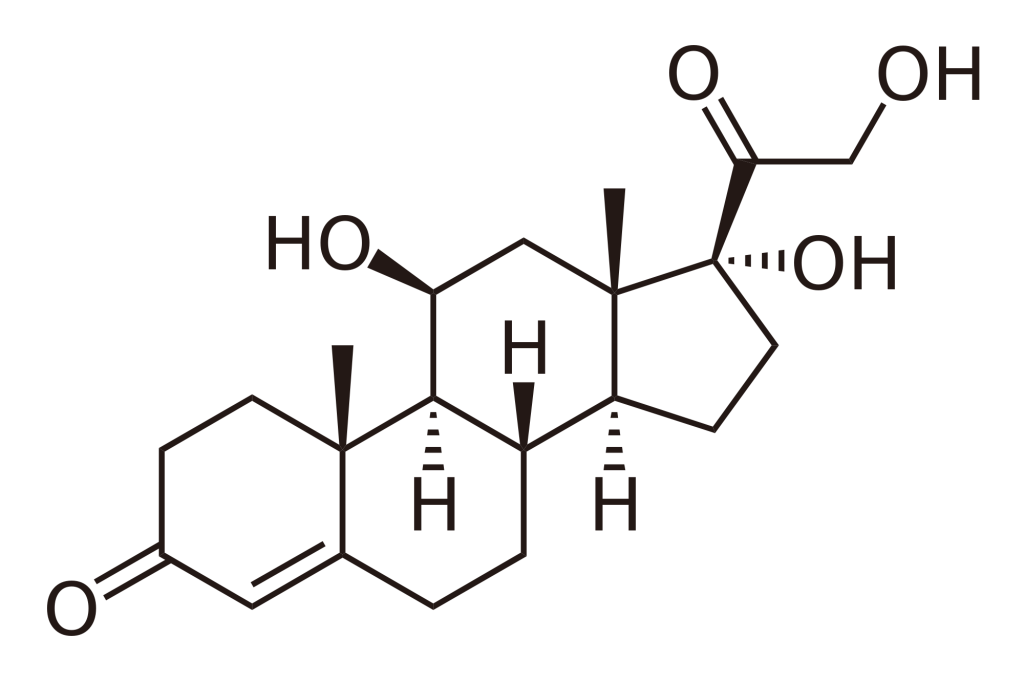 Retired pharmacist Marla Ahlgrimm spent her entire career focused on women’s health, specifically where hormones are concerned. Here, the Madison, Wisconsin based healthcare entrepreneur answers questions about the chemicals that keep us going.
Retired pharmacist Marla Ahlgrimm spent her entire career focused on women’s health, specifically where hormones are concerned. Here, the Madison, Wisconsin based healthcare entrepreneur answers questions about the chemicals that keep us going.
Q: What are hormones?
Marla Ahlgrimm: Hormones are chemicals produced by different glands throughout the body. They are responsible for regulating the biological systems that keep us healthy. Hormones affect every system of the body and are vital to normal growth and development.
Q: From where do hormones derive?
Marla Ahlgrimm: There are 10 primary hormone producing glands. These are the hypothalamus, parathyroid, thymus, pancreas, thyroid, adrenal, pituitary, pineal, ovaries, and testes. Each gland controls specific hormones. For instance, the parathyroid gland controls the body’s calcium levels while the testes in men produce testosterone and sperm. The thymus and thyroid control immune system maturity and the body’s ability to burn calories respectively.


















 Marla Ahlgrimm has co-authored two ground-breaking books,
Marla Ahlgrimm has co-authored two ground-breaking books,